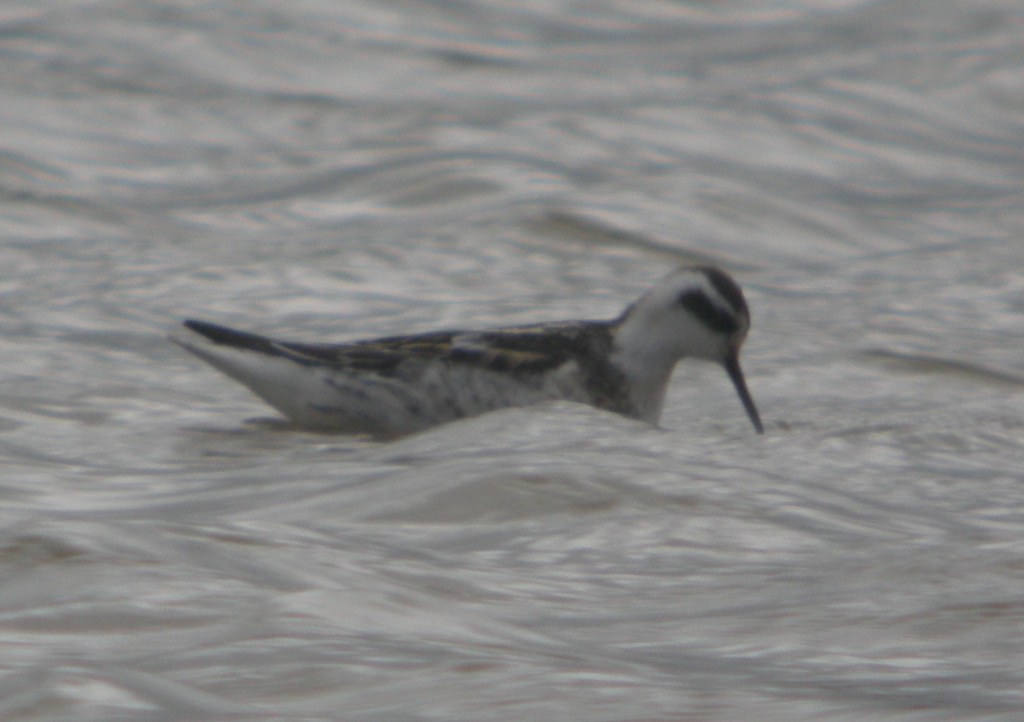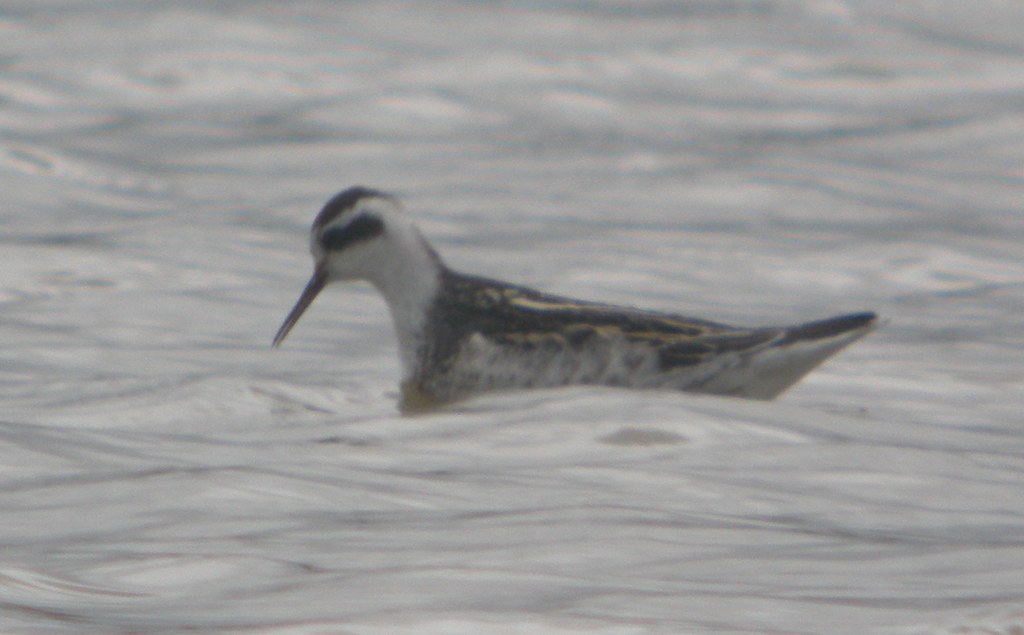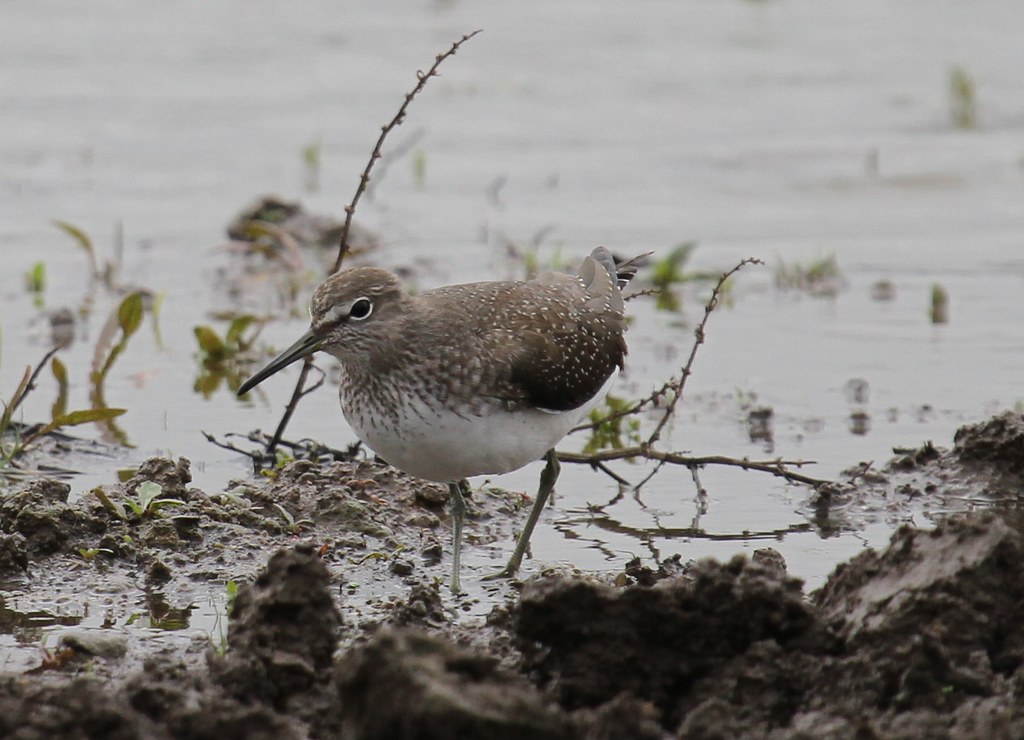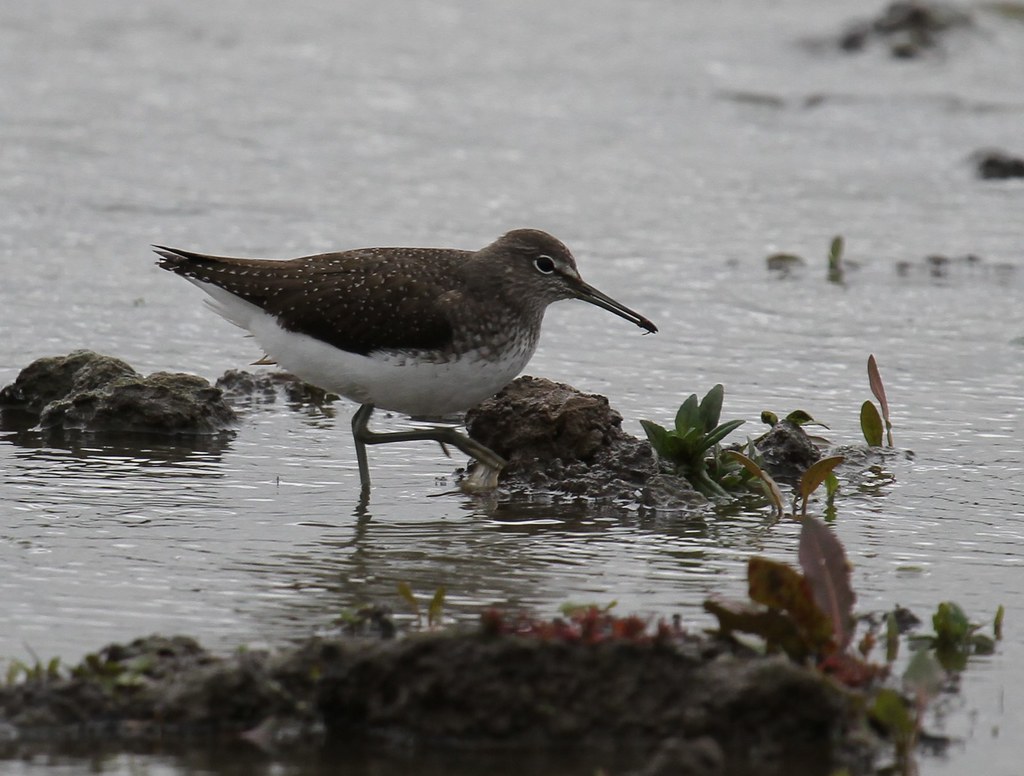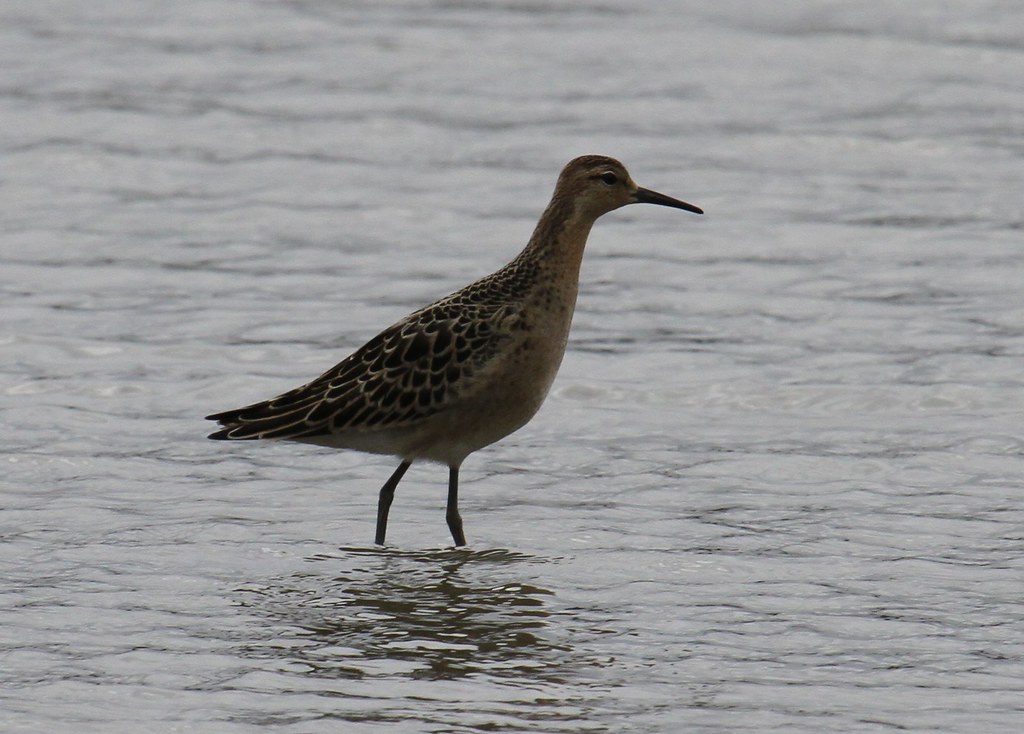R.jpg)
S
potless Starling (Sturnus unicolor), juvenile, Galisteo, 20.10.04 (Javier Prieta).The “media veda” is a late-summer partially open season allowing the hunting of a restricted list of species. In Extremadura, in 2010, it ran from 21 August to 12 September, taking in Saturdays, Sundays and public holidays. The hunting species listed in the “orden de vedas” (the order laying down hunting rules and species) were European Turtle Dove, Common Starling, Magpie, Eurasian Jackdaw, Mallard, Fox and a species vaguely identifed as “palomas” (doves/pigeons). We discuss below whether there is any valid scientific justification for declaring these species to be huntable during this period, drawing the conclusion that it is based on little more than a dash of tradition and a large dose of ignorance. Of the eight species considered, one is not even present in Extremadura, another may be present but in negligible numbers, another is threatened, another is in decline, another is of largely unknown status and only three have healthy populations. In two cases, moreover (Common Starling and Mallard), identification difficulties bring nongame species into the trawl, with Spotless Starling and other duck species besides Mallard being killed by mistake.
-
Common Starling (
Sturnus vulgaris). This species does not breed in Extremadura and wintering birds usually begin to arrive in mid October; the earliest recorded arrival is 29 September. It would therefore seem absurd to authorise the hunting of a bird that is not even present in the region, with the added chagrin of Spotless Starlings being killed by mistake. Although this latter bird is called “spotless” in English, its plumage does have a scattering of spots after the summer moult, especially in juveniles (see photo above). Telling the two species apart can be very tricky in autumn even for experienced birdwatchers with good optical equipment, so hunters are very unlikely to be up to the job. In fact, one of the very few mistakes in the magnum opus Handbook of the Birds of the World could well be the photograph of a starling on page 690 of volume 14. Ostensibly a Common Starling photographed in Alicante, it is likely in fact to be a Spotless Starling (though it would be interesting to know the date of the photo).
-
European Turtle Dove (
Streptopelia turtur). This is a threatened species in Spain, listed as “Vulnerable” in the “Libro Rojo” (Red Book). It is a scarce breeder in Extremadura, this region accounting for only 2.7% of the Spanish population. The birds hunted in autumn are above all migrants, but in Europe as a whole the species suffered a significant decline of 69% from 1980 to 2008.
- The vague mention of “Palomas” (
doves/pigeons) in the “orden de vedas” reflects its lack of scientific rigour. In default of any more reliable information we have no choice but to assume that the three Extremadura species of pigeons and doves are all legal prey.
-
Rock Dove (
Columba livia). Almost all Rock Doves in Extremadura are feral with hardly any genuinely wild birds.
-
Wood Pigeon (
Columba palumbus). In the timeframe under consideration the European migrants have not yet arrived in the region, so only resident birds are being hunted. The Extremadura breeding population is estimated at 380,000 birds with a stable trend in the centre of Spain as a whole.
-
Stock Dove (
Columba oenas). Once again, European migrants have not yet arrived in the period under consideration so only resident birds are being hunted. Nonetheless, hardly anything is known about the status of this species in Extremadura, where it is a very scarce bird throughout almost the whole region, with about one thousand birds at most. In fact, in the eleven year recording period (1998-2008) of the Extremadura Ornithological Yearbook, there has never been a confirmed breeding record of Stock Dove in the region.
-
Magpie (
Pica pica). This is a common species (300,000 birds in Extremadura) with an upward trend in central Spain.
-
Eurasian Jackdaw (
Corvus monedula). A common species (500,000 birds in Extremadura), albeit with a downward trend in central Spain (-4% a year).
-
Mallard (
Anas plathyrhynchos). European migrants have not yet arrived in the period under consideration so only resident birds are being hunted. Nonetheless, nothing is known about the population or number of breeding birds in Extremadura, although their status is apparently quite good. The biggest problem is that hunters use the inclusion of this bird as a pretext for hunting other duck species in the same area or even other water birds that bear precious little resemblance to a duck.
During this period of “media veda” members of SEO-Cáceres witnessed many hunters breaching the rules. This rule flouting is particularly rife in wetlands, with illegal species being killed and stalking being used instead of the established method of stand-hunting. Many examples of these irregular practices could be cited. For example a group of foreign tourists visited a lake where young local hunters were “kind” enough to wait for them to finish their observations before slaying the wildlife on the lake. Moreover this lake had no Mallards so they were hunting illegal species. This is just the sort of example we need to encourage birdwatching-tourism in the region, I’m sure you’ll agree. After this lamentable incident SEO-Cáceres contacted the owner of the lake to see if hunting could be banned there. The owner was receptive to the idea because the hunters pestered his livestock and damaged the farm in other ways, but he didn’t dare do so for fear of retaliation. “I know them well and they would burn down my farm”, was his reply. Another massacre occurred on another lake in the province, where dozens of ducks of various species lay floating on the water, slain illegally and to absolutely no purpose because the hunters didn’t have retrievers to collect them. Another birdwatcher had to flee a lake in haste when “overwrought” hunters levelled their guns at him as he tried to identify the species they were hunting with his telescope. Outrageously, the slaughter included Pochard, a duck with only 25-50 pairs in Extremadura (fewer than Imperial Eagles!). In sum: harrowing!
The abovementioned figures have been culled from the work in progress "Aves de Extremadura. Vol. 4", in turn drawing from the following SEO surveys (SACRE, Aves comunes, Libro Rojo).
R.jpg)
S
potless Starling (Sturnus unicolor), juvenile, Galisteo, 20.10.04 (Javier Prieta).The “media veda” is a late-summer partially open season allowing the hunting of a restricted list of species. In Extremadura, in 2010, it ran from 21 August to 12 September, taking in Saturdays, Sundays and public holidays. The hunting species listed in the “orden de vedas” (the order laying down hunting rules and species) were European Turtle Dove, Common Starling, Magpie, Eurasian Jackdaw, Mallard, Fox and a species vaguely identifed as “palomas” (doves/pigeons). We discuss below whether there is any valid scientific justification for declaring these species to be huntable during this period, drawing the conclusion that it is based on little more than a dash of tradition and a large dose of ignorance. Of the eight species considered, one is not even present in Extremadura, another may be present but in negligible numbers, another is threatened, another is in decline, another is of largely unknown status and only three have healthy populations. In two cases, moreover (Common Starling and Mallard), identification difficulties bring nongame species into the trawl, with Spotless Starling and other duck species besides Mallard being killed by mistake.
-
Common Starling (
Sturnus vulgaris). This species does not breed in Extremadura and wintering birds usually begin to arrive in mid October; the earliest recorded arrival is 29 September. It would therefore seem absurd to authorise the hunting of a bird that is not even present in the region, with the added chagrin of Spotless Starlings being killed by mistake. Although this latter bird is called “spotless” in English, its plumage does have a scattering of spots after the summer moult, especially in juveniles (see photo above). Telling the two species apart can be very tricky in autumn even for experienced birdwatchers with good optical equipment, so hunters are very unlikely to be up to the job. In fact, one of the very few mistakes in the magnum opus Handbook of the Birds of the World could well be the photograph of a starling on page 690 of volume 14. Ostensibly a Common Starling photographed in Alicante, it is likely in fact to be a Spotless Starling (though it would be interesting to know the date of the photo).
-
European Turtle Dove (
Streptopelia turtur). This is a threatened species in Spain, listed as “Vulnerable” in the “Libro Rojo” (Red Book). It is a scarce breeder in Extremadura, this region accounting for only 2.7% of the Spanish population. The birds hunted in autumn are above all migrants, but in Europe as a whole the species suffered a significant decline of 69% from 1980 to 2008.
- The vague mention of “Palomas” (
doves/pigeons) in the “orden de vedas” reflects its lack of scientific rigour. In default of any more reliable information we have no choice but to assume that the three Extremadura species of pigeons and doves are all legal prey.
-
Rock Dove (
Columba livia). Almost all Rock Doves in Extremadura are feral with hardly any genuinely wild birds.
-
Wood Pigeon (
Columba palumbus). In the timeframe under consideration the European migrants have not yet arrived in the region, so only resident birds are being hunted. The Extremadura breeding population is estimated at 380,000 birds with a stable trend in the centre of Spain as a whole.
-
Stock Dove (
Columba oenas). Once again, European migrants have not yet arrived in the period under consideration so only resident birds are being hunted. Nonetheless, hardly anything is known about the status of this species in Extremadura, where it is a very scarce bird throughout almost the whole region, with about one thousand birds at most. In fact, in the eleven year recording period (1998-2008) of the Extremadura Ornithological Yearbook, there has never been a confirmed breeding record of Stock Dove in the region.
-
Magpie (
Pica pica). This is a common species (300,000 birds in Extremadura) with an upward trend in central Spain.
-
Eurasian Jackdaw (
Corvus monedula). A common species (500,000 birds in Extremadura), albeit with a downward trend in central Spain (-4% a year).
-
Mallard (
Anas plathyrhynchos). European migrants have not yet arrived in the period under consideration so only resident birds are being hunted. Nonetheless, nothing is known about the population or number of breeding birds in Extremadura, although their status is apparently quite good. The biggest problem is that hunters use the inclusion of this bird as a pretext for hunting other duck species in the same area or even other water birds that bear precious little resemblance to a duck.
During this period of “media veda” members of SEO-Cáceres witnessed many hunters breaching the rules. This rule flouting is particularly rife in wetlands, with illegal species being killed and stalking being used instead of the established method of stand-hunting. Many examples of these irregular practices could be cited. For example a group of foreign tourists visited a lake where young local hunters were “kind” enough to wait for them to finish their observations before slaying the wildlife on the lake. Moreover this lake had no Mallards so they were hunting illegal species. This is just the sort of example we need to encourage birdwatching-tourism in the region, I’m sure you’ll agree. After this lamentable incident SEO-Cáceres contacted the owner of the lake to see if hunting could be banned there. The owner was receptive to the idea because the hunters pestered his livestock and damaged the farm in other ways, but he didn’t dare do so for fear of retaliation. “I know them well and they would burn down my farm”, was his reply. Another massacre occurred on another lake in the province, where dozens of ducks of various species lay floating on the water, slain illegally and to absolutely no purpose because the hunters didn’t have retrievers to collect them. Another birdwatcher had to flee a lake in haste when “overwrought” hunters levelled their guns at him as he tried to identify the species they were hunting with his telescope. Outrageously, the slaughter included Pochard, a duck with only 25-50 pairs in Extremadura (fewer than Imperial Eagles!). In sum: harrowing!
The abovementioned figures have been culled from the work in progress "Aves de Extremadura. Vol. 4", in turn drawing from the following SEO surveys (SACRE, Aves comunes, Libro Rojo).
reade more...
Résuméabuiyad
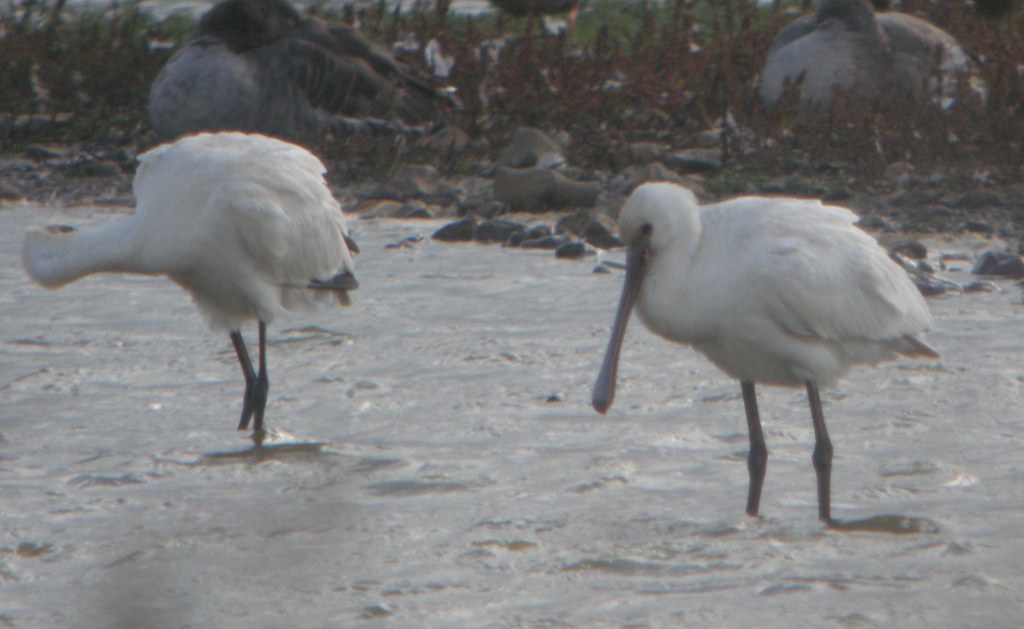

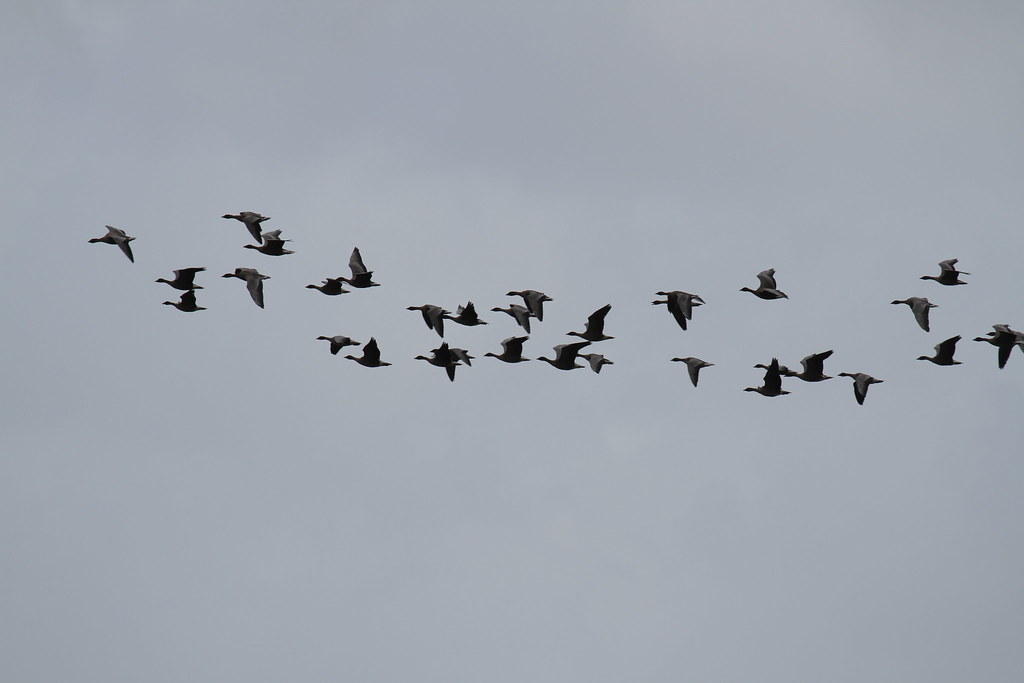
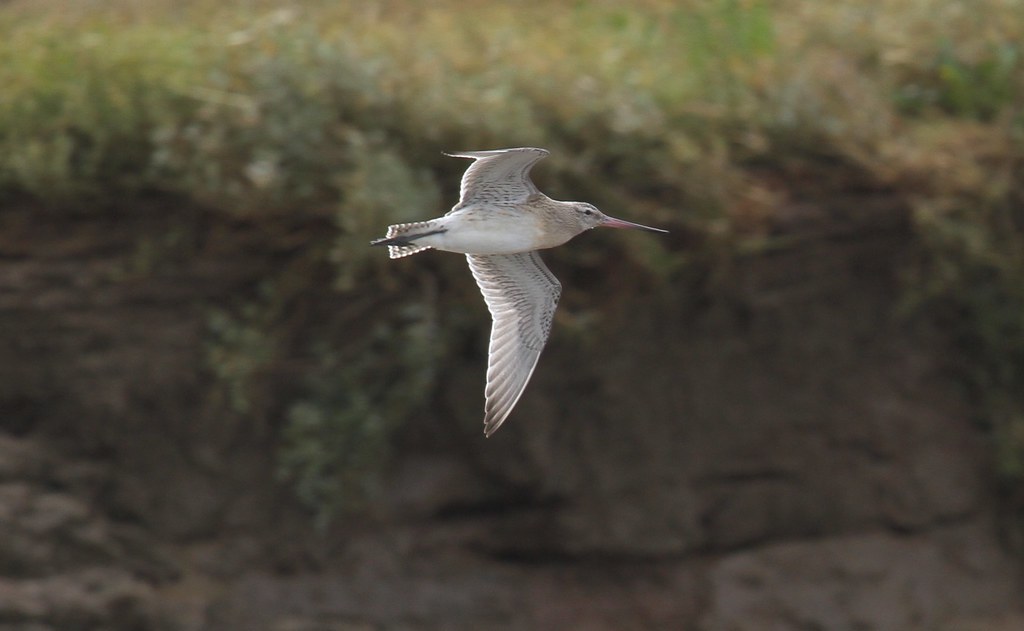
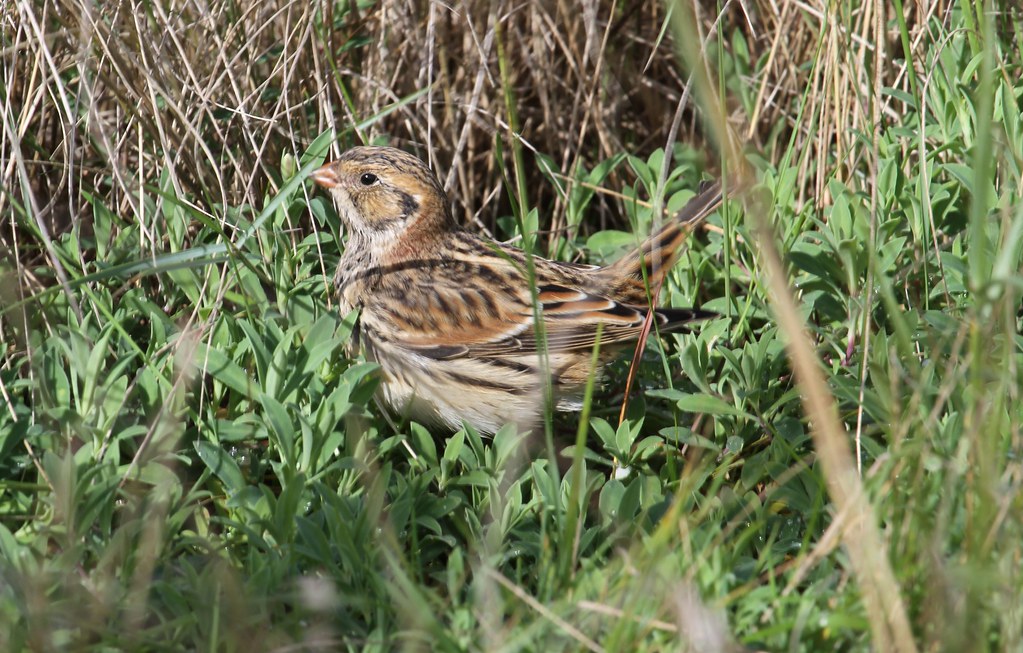
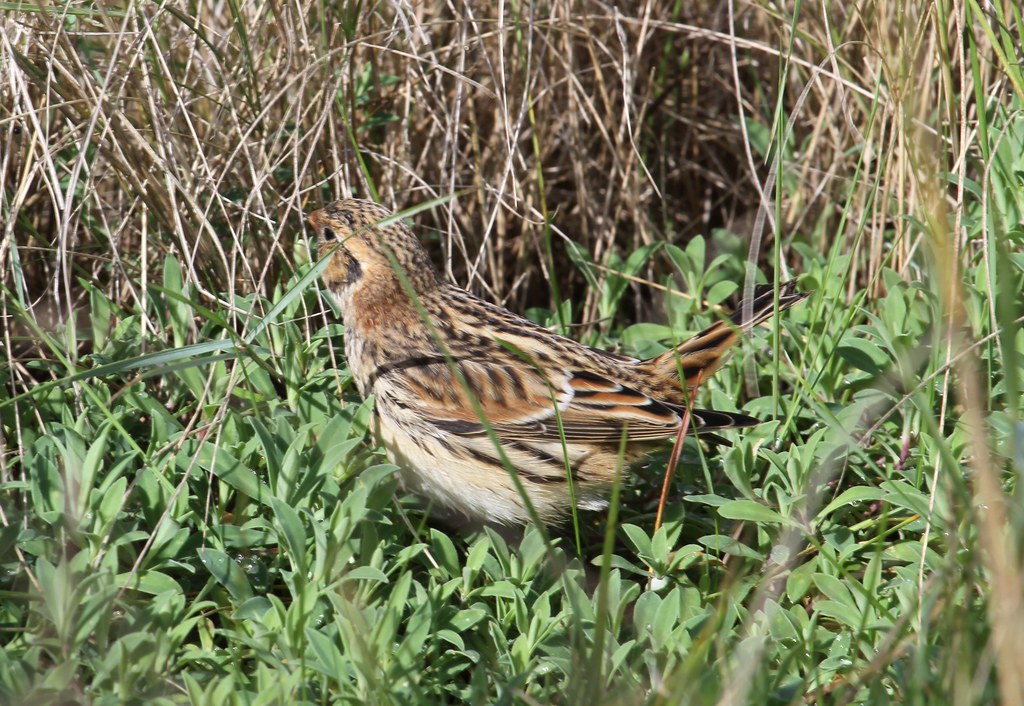
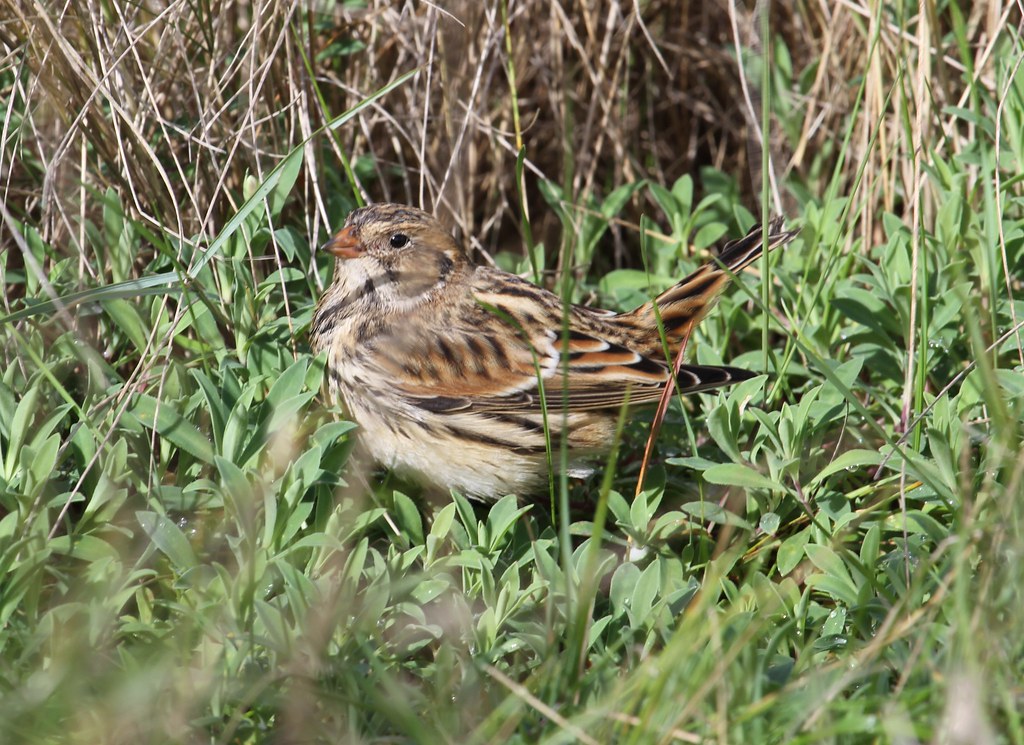




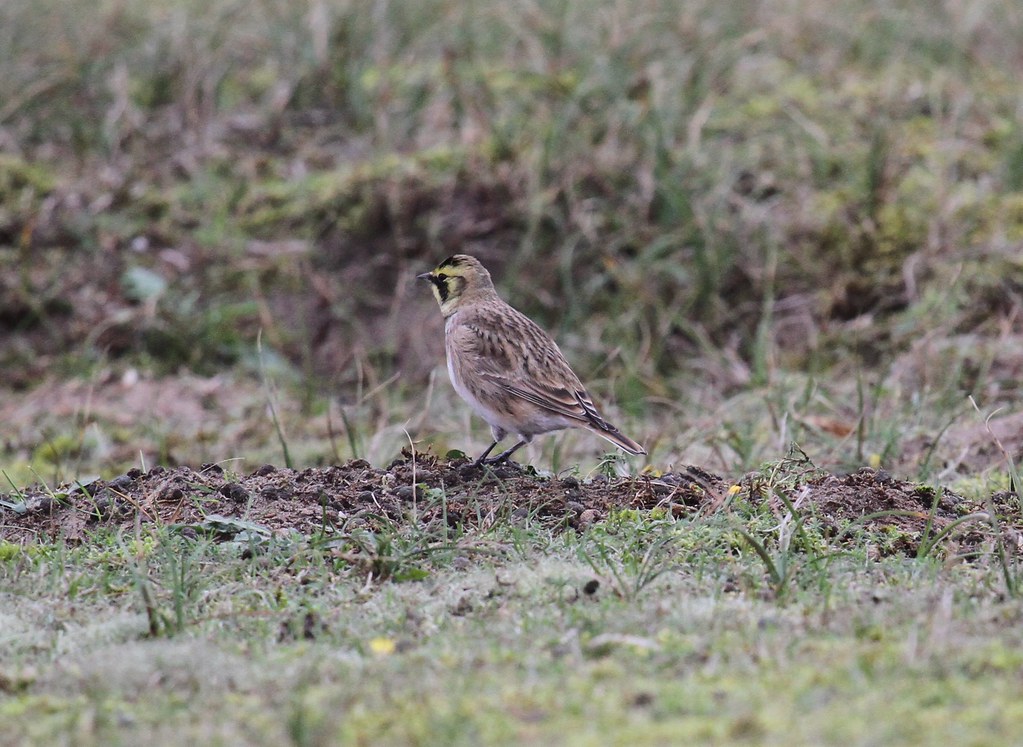
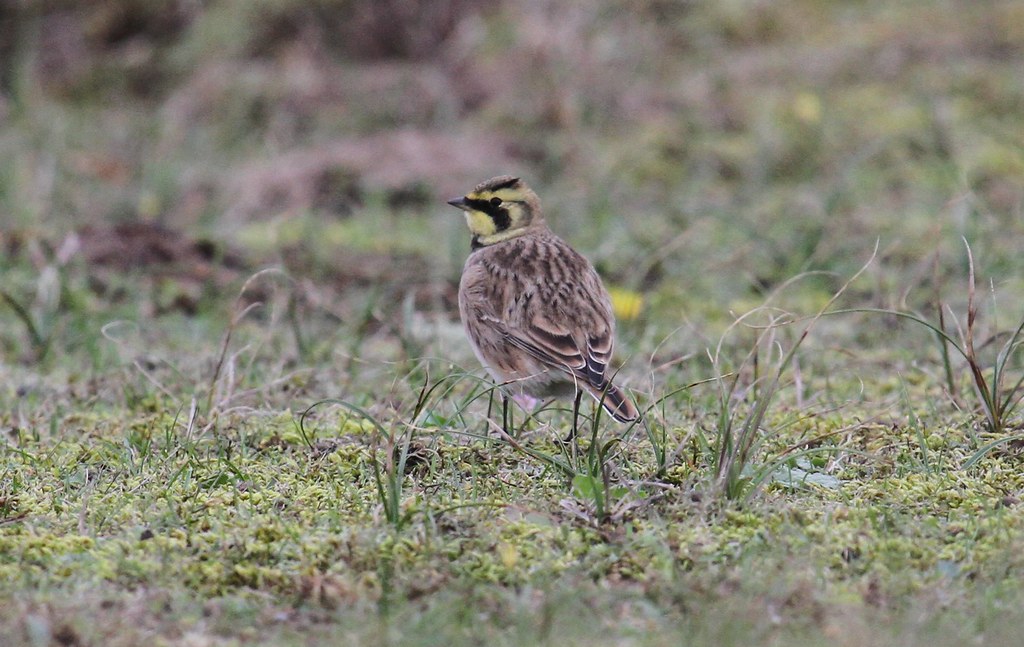

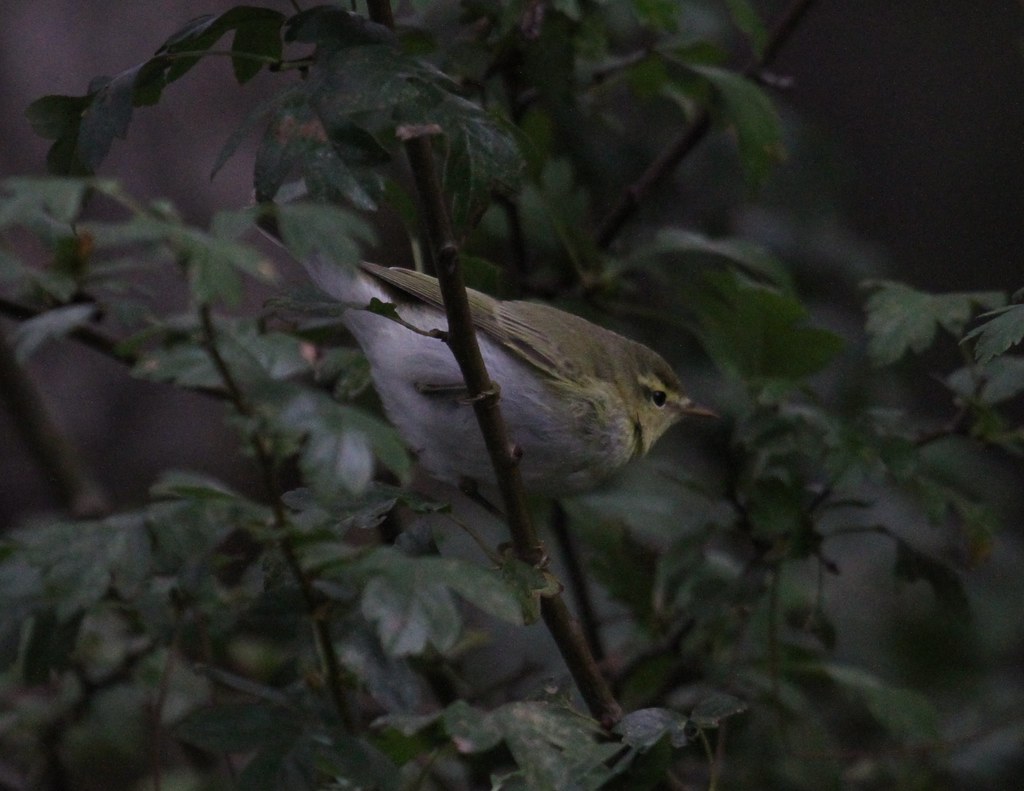
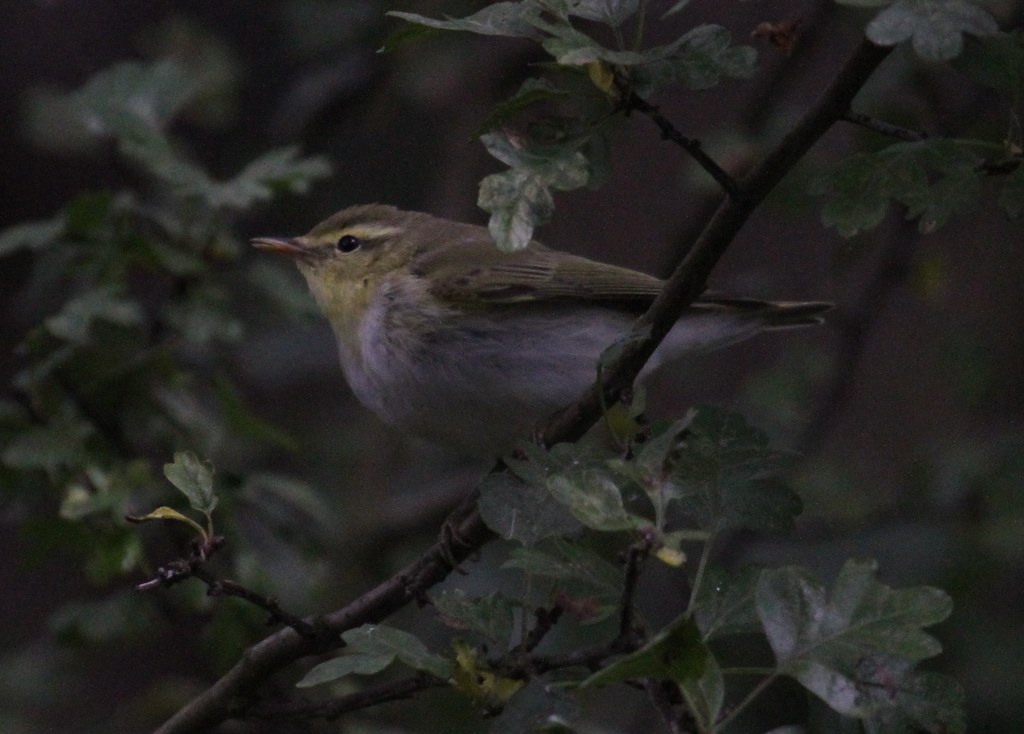
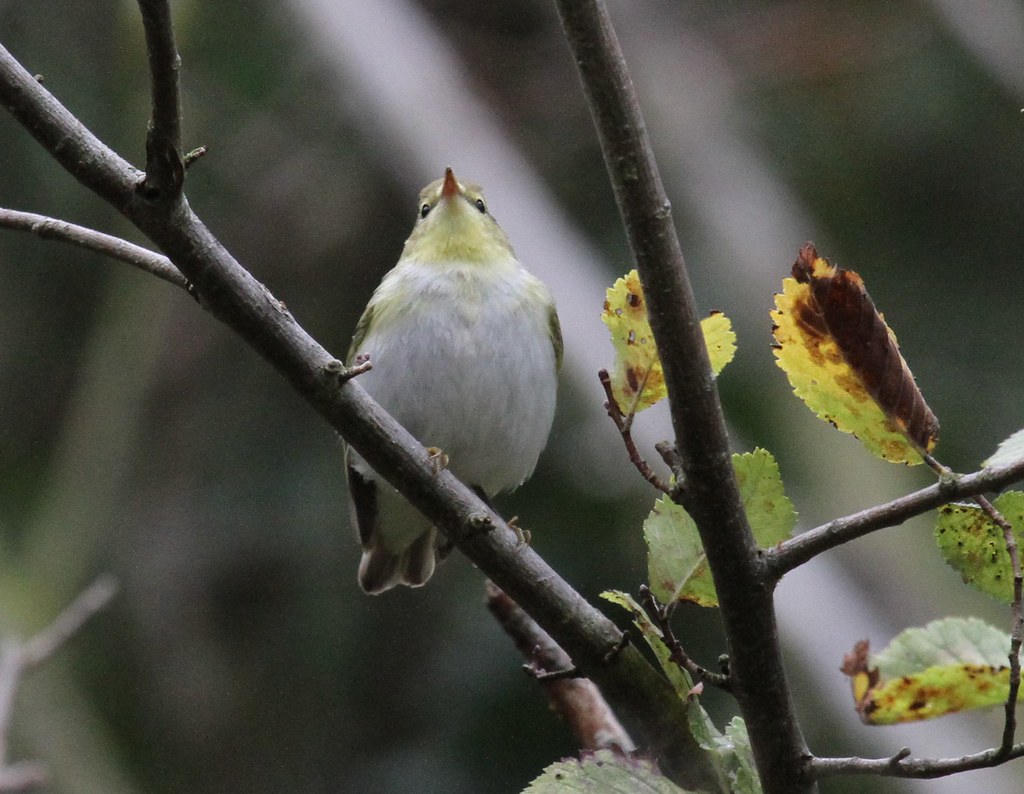
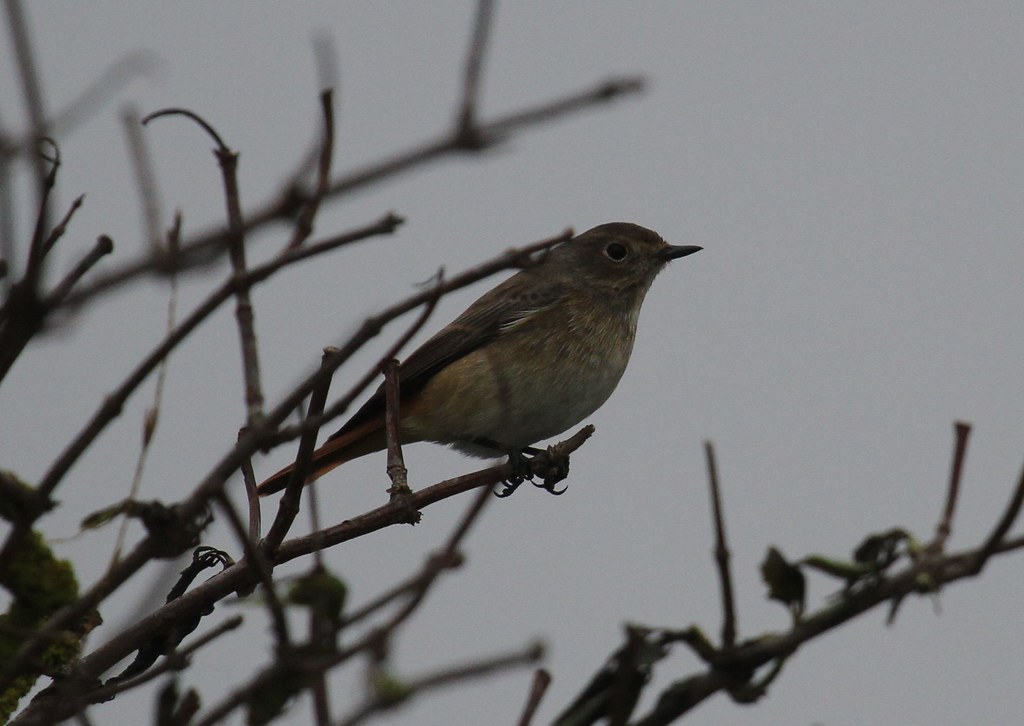












































R.jpg)
